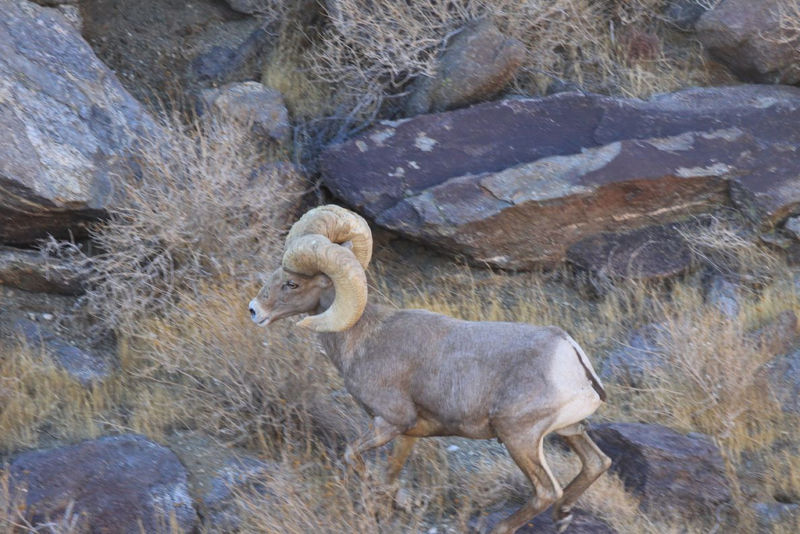Transplanted mammals take a century to learn to “surf the green wave”

Enlarge / That is an aptly named sheep. (credit: California Department of Fish and Game/Tim Glenner)
In many areas of the globe, native species have been wiped out of large areas of their range even though some habitats that could support them were left intact or later restored. That has allowed conservationists to reintroduce these species, sometimes with spectacular success. The North American bison, for example, has gradually returned from near extinction largely due to reintroductions from the few small herds that were once left.
But not all of these reintroductions have worked out, and a paper in this week's Science suggests a reason: over generations, native populations develop a "culture" that helps them to understand when and where to migrate. New populations, dropped into an unfamiliar landscape, tend to sit still and don't make the most out of their habitat.
Waves of greenSeasonal migrations are common throughout the animal kingdom, and most of the attention is drawn to the more dramatic ones, like the multigenerational travels of the monarch butterfly or the spectacular distances covered by some birds. But many migrations are relatively local, as animals may shift locations without venturing out of their larger habitat. The reasons for this are typically practical: moving to breeding grounds that predators can't reach easily, for example.
Read 10 remaining paragraphs | Comments